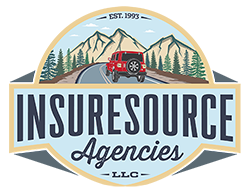I know, it gets complicated. Let’s simplify. If you are injured in a car crash, your auto insurance pays first, if available. If not available, your health insurance pays, but the clinic or hospital will seek reimbursement from the responsible auto insurance carrier.
In Oregon, auto insurance policies have a minimum limit of $15,000 in Personal Injury Protection (PIP) benefits, which pay per person regardless of fault, whether the individual is a driver, passenger, or pedestrian. You might be entitled to twice that amount if you were riding with a friend while your automobile remains parked in your driveway at home. We call this stacking the limits. Your friend’s car insurance will most likely cover the first part, and then yours will cover the remaining difference.
“What happens if my friend doesn’t have insurance?” you ask. Then your PIP benefits will trigger first, and your friend will get into trouble for not having coverage at the time of the accident.
However, this doesn’t take into account the fault of the accident. If you are at fault, your benefits stop at the $15,000 or whatever higher limit you and your agent chose. If you were not at fault, then the limits of bodily injury liability of the other driver who hit you, if they have insurance, will pay above and beyond your PIP limits.
Let’s say the other at-fault party has $100,000 liability coverage, and your injuries exceed that amount. You have coverage on your policy for what is called uninsured or underinsured motorist coverage. Your insurance could then pay that excess amount up to the limit you have for underinsured motorist benefits. As you can see, the coverages can stack up like that in Oregon.
Finally, let’s pretend that your injuries go beyond what all your available auto insurance will pay. Then is when your health insurance, after its deductibles and copays, might kick in.
Discuss with your agent the limits for PIP, uninsured, and underinsured motorist coverage you currently have.
